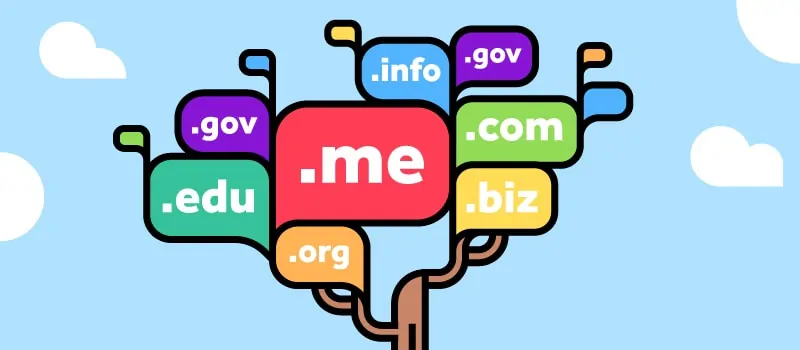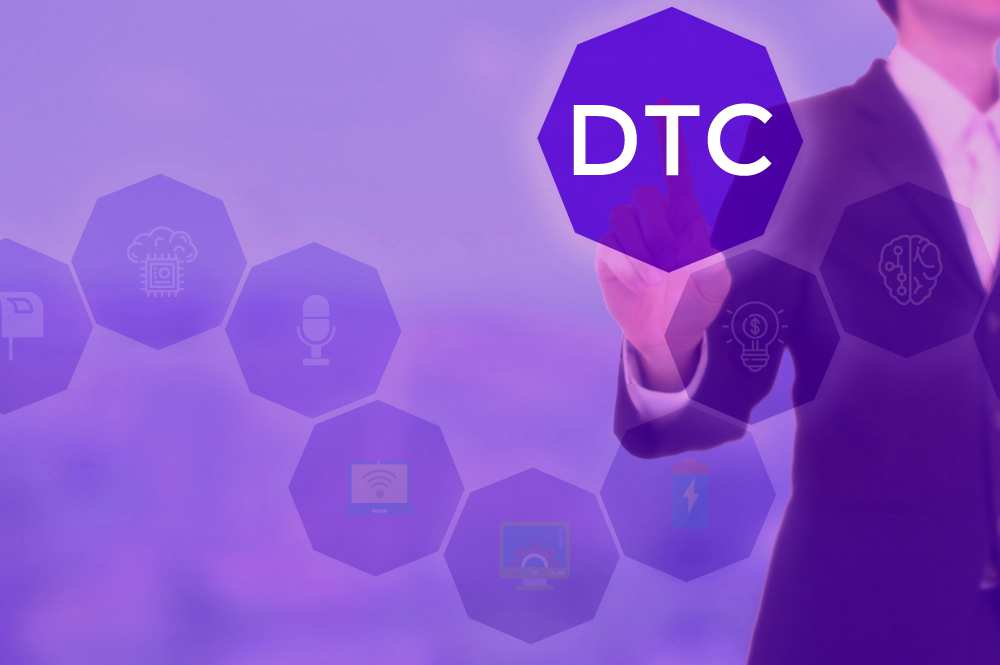Who Has the Best gTLD?

Are you ready to surf the Web on domain strings like .rent, .beer, .trust and .sucks?
Those are just a few of the newly proposed domains that made in onto the Internet Corporation for Assigned Names and Numbers' (ICANN) list of possible new generic Top-Level domains (gTLD). The gTLD expansion allowed organizations to apply to be an operator of a new Top-Level Domain of their choosing - meaning that soon people will be able to search the Web not only with familiar domains such as .com, .net and .org, but also with a plethora of new domains like .lol, .love, .theater and .swatch.
And although the first round of the registration process for acquiring a new gTLD is closed, the discussion of new gTLDs has barely begun.
Why New gTLDs?
ICANN's decision to add an abundance of new gTLDs has been controversial to say the least, with many Web workers left wondering how these new domains will affect the future of the Internet - from search results to brand spam. However, these concerns have not deterred ICANN from launching the expansion, or corporations from applying for new gTLDs.
In fact, ICANN received 1,930 proposals for new gTLDs - from big name retailers like The Gap and Tiffany and Company, to tech giants like Apple and Microsoft. And many of these companies didn't just apply for one domain string (which, by the way, costs $185,000 per submission), but instead applied for domains galore - with Google submitting applications for more than 100 new domain extensions, including .android, .baby and .blog; and Amazon applying for 76 domains, including .amazon, .fire and .deal.
Currently ICANN supports 21 gTLDs (excluding geographic domains), which include the familiar .com and .info strings, and even the less familiar .cat and .coop. But this new expansion could possibly add more than a thousand new gTLDs, and therefore forever change the way people leverage the Internet in the future.
What Happens Next?
Now that the applications have been submitted, the review process has begun, which could take many months to complete.
This is especially true because some companies applied for the same domains, such as .pizza and .energy. With cases like this, there are a few possible outcomes: ICANN may make a decision on which company should receive ownership of the domain, the applicants may try to negotiate ownership of the domain amongst themselves, or the new gTLD will go to auction. Furthermore, ICANN is not allowing similar gTLDs to be launched. For example, .deal and .deals most likely won't both become a new gTLD because the strings are too easily confused.
These are just a few of the reasons why the review process is expected to be lengthy. According to ICANN, a smooth evaluation process may be completed in as little as nine months, while more complex evaluations could take more than 20 months to complete.
After the registry process is approved, applicants must execute a registry agreement with ICANN, as well as pass technical tests before the gTLD can be launched. Additionally, once a new gTLD is created, it is up to the operator to choose whether or not to sell second-level registrations. Meaning that if Amazon becomes the operator of .deal, it would be up to Amazon if they would let others, such as Groupon, purchase a second-level domain like Groupon.deal.
And the best gTLD is...
So which is the best gTLD? Well that all depends on your interests.
The most wanted domain string is .app, with 13 companies submitting applications to be this domain's operator, including Google and Amazon. But while domains like .app may be very important to big tech companies, retailers may be more interested in strings like .boutique, .buy, .compare and .free.
That being said, only time will tell which new gTLD will be the best. Especially since it is up to the operator to determine exactly how each new string will be leveraged in the future.








